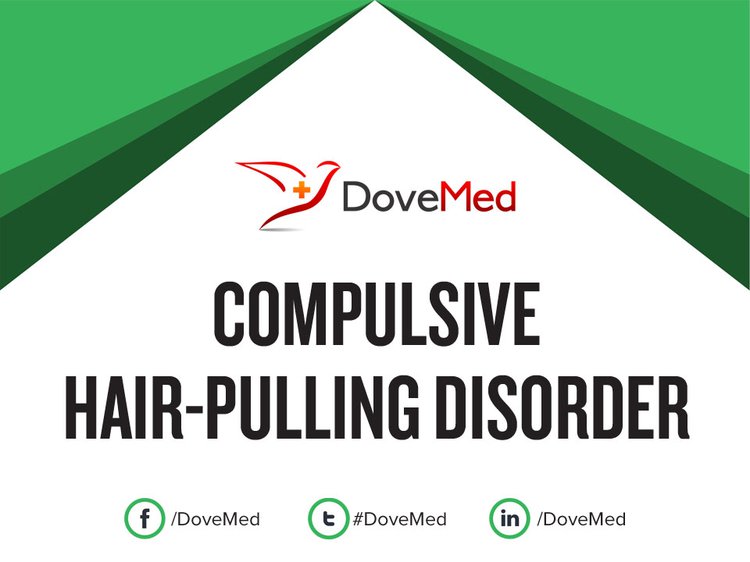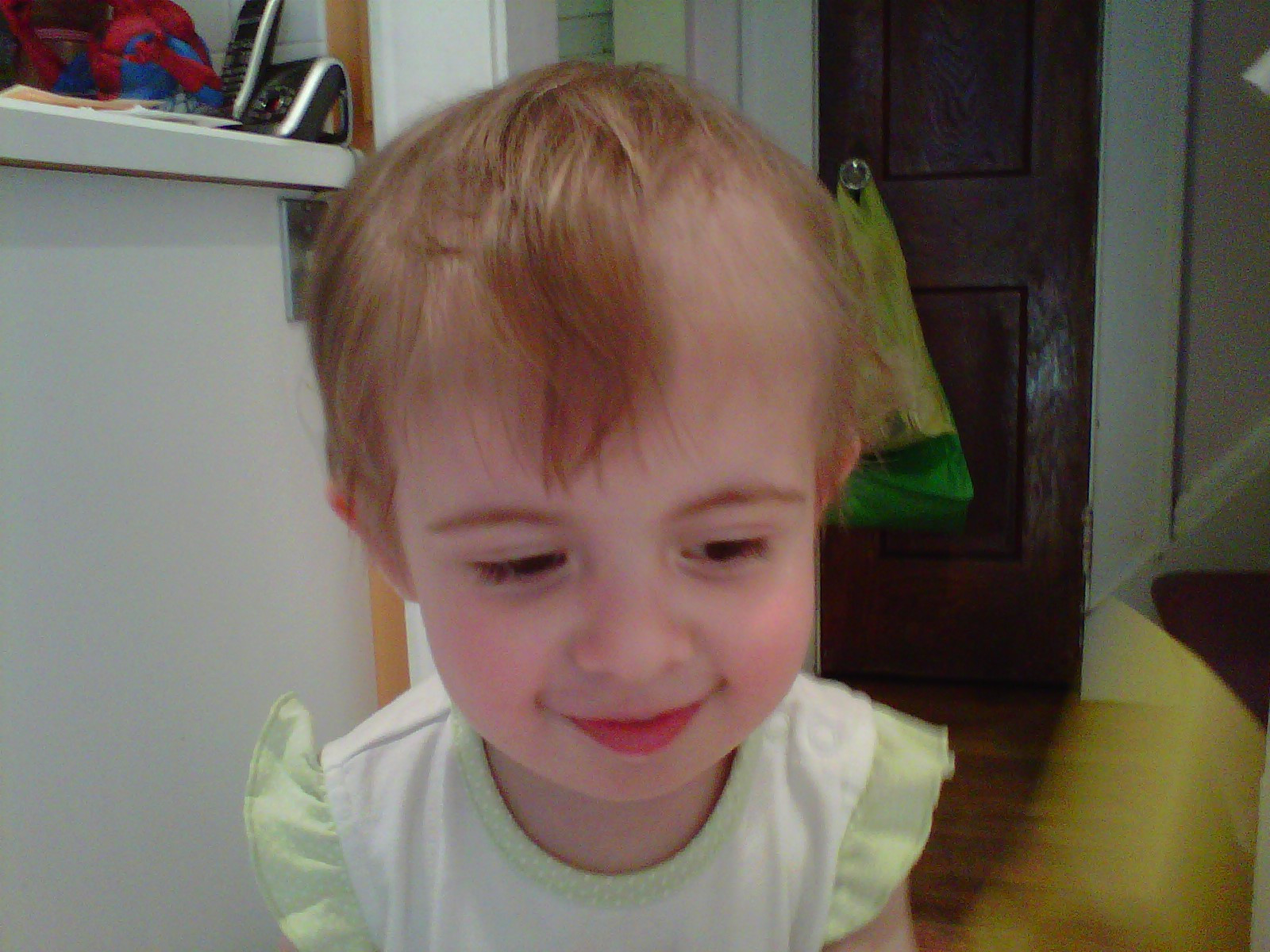Table Of Content

This can lead to hairball-like blockages in their digestive tract. Those blockages are sometimes dangerous and often cause damage that needs surgery to repair. If not treated, symptoms may come and go for weeks, months or years at a time. For example, hormone changes during the menstrual period can worsen symptoms in some females. Food and Drug Administration specifically for the treatment of trichotillomania, some medicines may help control certain symptoms, such as anxiety and depression.

Is hair regrowth possible after a hair-pulling disorder?
Both the CDC and the FDA warn against treating this common childhood condition on your own with non-prescription treatments. Our Medical Affairs Team is a dedicated group of medical professionals with diverse and extensive clinical experience who actively contribute to the development of our content, products, and services. They meticulously evaluate and review all medical content before publication to ensure it is medically accurate and aligned with current discussions and research developments in mental health.
How can you prevent trichotillomania?
In a U.S. survey of 10,169 adults, 1.7% of the respondents indicated that they have trichotillomania. Researchers did note that the clinical trials with these drugs had very small sample sizes. In adults, women outnumber men with this condition by as much as 9 to 1. Use these professionally produced online infographics, posters, and videos to help others find and prevent skin cancer.
Amy Schumer Says She Has Trichotillomania. Here's What You Need to Know About This Hairpulling Disorder - Everyday Health
Amy Schumer Says She Has Trichotillomania. Here's What You Need to Know About This Hairpulling Disorder.
Posted: Fri, 01 Apr 2022 07:00:00 GMT [source]
When to see a doctor

People with trichotillomania pull out their hair using their fingers, tweezers, or other devices. The most common place for hair pulling to occur is the head, but hair is also often removed from eyelashes, eyebrows, armpits, beards, and genitals [1]. Doctors are also working to identify changes in brain function or chemistry that could lead to trichotillomania. Certain changes may affect a person’s ability to control impulsive behaviors, such as hair pulling. Due to the stigmatization of the disorder, many people with trichotillomania resist seeking help, avoid social situations, and experience low self-esteem. Luckily, treatment methods have been shown to decrease symptoms rather quickly–three to six months, on average.
Trichotillomania FAQs
Two new approaches may improve results in BFRB treatment. - Psychology Today
Two new approaches may improve results in BFRB treatment..
Posted: Thu, 04 Apr 2019 07:00:00 GMT [source]
Often, they pull when they're stressed or bored as a way to soothe themselves. Another form of therapy to treat trichotillomania is cognitive behavioral therapy (CBT). CBT goes hand in hand with HRT but is a deeper dive into the thoughts behind a person’s hair-pulling. People who pull out their hair often cause damage to their skin and tissue just underneath the skin’s surface, especially if they use any kind of personal care tool like tweezers.
Treatment for trichotillomania
Many people are unaware that treatments for trichotillomania are available. HRT is often effective and is the first-line treatment in most cases. According to a 2011 review, some of the emotional responses people experience as a result of pulling out their hair can cause them to miss work, school, and social functions. Further controlled clinical trials are necessary to determine the safest and most appropriate drug treatments for trichotillomania. A 2013 review investigated the efficacy of different medications in treating trichotillomania.
What Causes Trichotillomania?
Your doctor may also recommend undergoing HRT in combination with traditional cognitive therapy or acceptance and commitment therapy. While the exact cause of trichotillomania is unknown, both genetic and environmental factors are likely at play in its development. Excoriation disorder (also referred to as chronic skin-picking or dermatillomania) is a mental illness related to obsessive-compulsive disorder.
Trichotillomania – A Serious Mental Condition
Skin and tissue damage sometimes need repair or skin grafting to fix. Damage to skin caused by hair pulling can also cause permanent hair loss in affected areas. Trichotillomania (often abbreviated as TTM) is a mental health disorder where a person compulsively pulls out or breaks their own hair. This condition falls under the classification of obsessive-compulsive disorder (OCD). When it’s severe, it often has extremely negative effects on a person’s happiness, well-being and overall quality of life. For example, your health care provider may recommend an antidepressant, such as clomipramine (Anafranil).
How does this condition affect my body?
People with hair-pulling disorder feel an intense urge to pull their hair out and experience growing tension until they do. A person with trichotillomania may also pull their hair out because of stress. Sometimes, people with hair-pulling disorder don’t even realize that they’re pulling their hair. Currently, no medications are specifically approved for the treatment of trichotillomania. However, some patients have benefited from antidepressants—especially if comorbid anxiety or depression are present—or other psychiatric medications, including atypical antipsychotics. Supplementing with the amino acid N-acetylcysteine has proven effective at reducing hair-pulling behaviors in some small studies.
Trichotillomania, or pathological hair pulling, refers to an overwhelming urge to pull out hair. Among adults, research shows that trichotillomania is closely linked with other mental health disorders, including other types of OCD and anxiety disorders, as well as substance use. They might send you to a psychiatrist, psychologist, therapist, or other mental health care professional.
However, trichotillomania and OCD are two separate conditions and have many differences related to symptoms and treatment. Dr. Mansueto and colleagues continue to do clinical trials and research. However, clinicians working with individuals suffering TTM and other body-focused repetitive behaviors believe the ComB model is a better option than HRT alone. It is a unique but effective alternative to what is being used in treating the disorder. It is a comprehensive approach and addresses the diverse elements of TTM.

